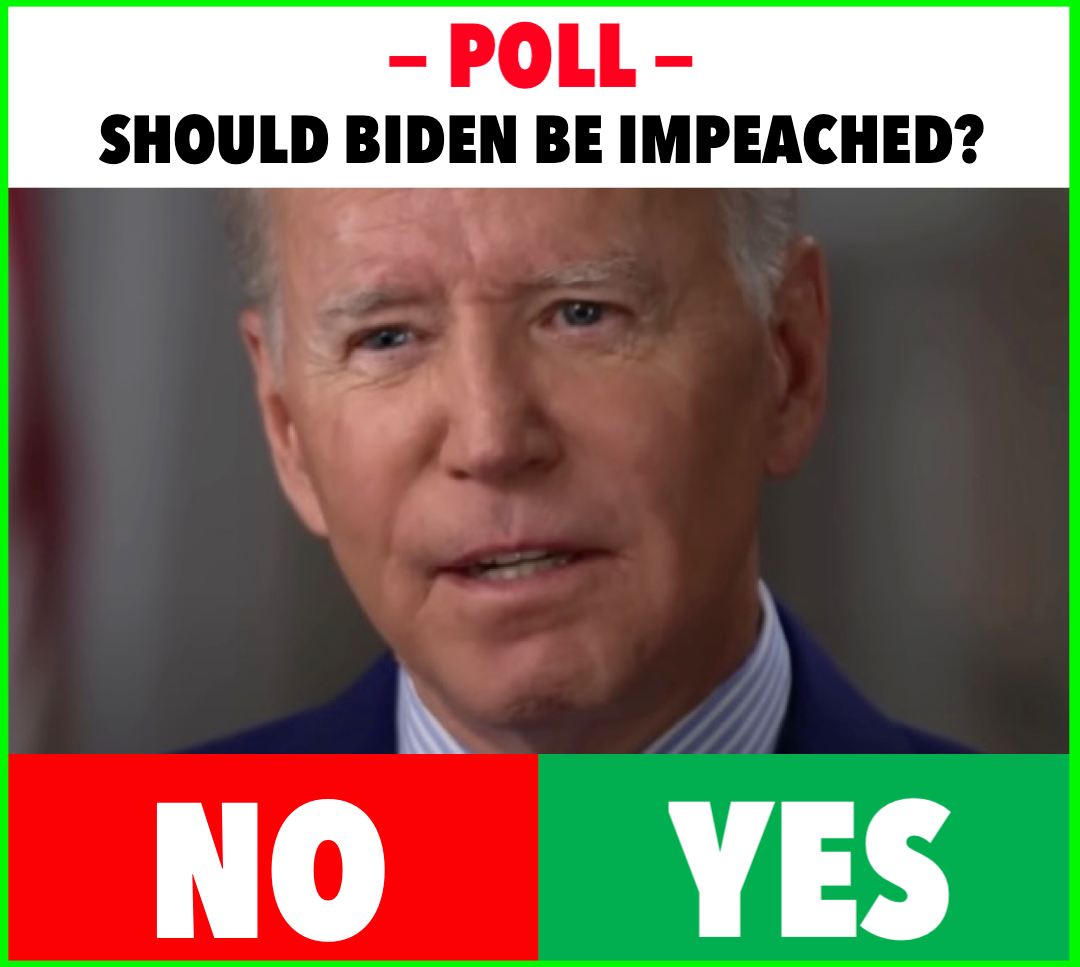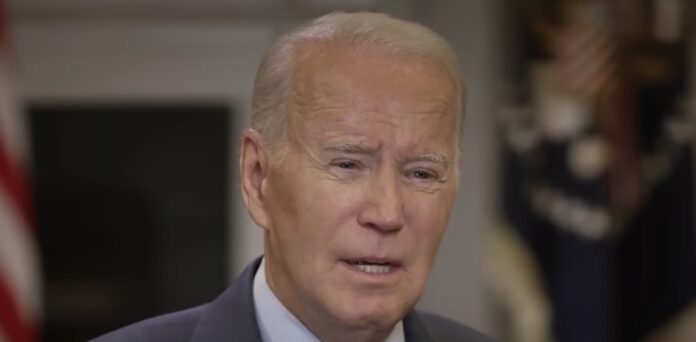OPINION | This article contains commentary that reflects the author's opinion.
The Biden administration has implemented a comprehensive energy efficiency plan by enforcing a countrywide ban on several commonly used light bulbs.
This initiative, led by the Department of Energy (DOE), prohibits manufacturers and retailers from selling traditional incandescent and halogen light bulbs, which currently make up a significant portion of the market.
🚨 POLL: Should traditional light bulbs be banned?
YES 👍 or NO 👎
Instead, they will be required to offer light-emitting diode (LED) alternatives or face significant penalties imposed by the federal government. (Trending: 12 Celebrities Who Promised To Leave America Over Trump)
“It’s impossible for Democrats to leave us alone. States must fight back,” Rep. Bob Good, R-Va., tweeted ahead of the ban enforcement.
“President Biden continues to push liberal fantasies through his weaponized federal agencies,” Rep. Andy Barr, R-Ky., added. “The Department of Energy should be focused on American energy independence, not on what lightbulbs you can or can’t purchase for your home or business.”
After several months of proposing the rulemaking, the Department of Energy (DOE) officially implemented regulations in April 2022, prohibiting specific light bulbs due to their low energy efficiency levels.
According to the DOE’s announcement, these regulations are expected to result in annual savings of approximately $3 billion for consumers on their utility bills, while also reducing carbon emissions by 222 million metric tons over the next thirty years.
In anticipation of this ban, the DOE has been actively warning retailers for months to ensure that the entire industry adheres to the new regulations. (Trending: Texas GOP Openly Declares Biden an Illegitimate President)
“The lighting industry is already embracing more energy efficient products, and this measure will accelerate progress to deliver the best products to American consumers and build a better and brighter future,” Energy Secretary Jennifer Granholm said last year.

“Overall, 47% use mostly or only LEDs, 15% use mostly incandescent or halogens, and 12% use mostly or all compact fluorescent (CFL), with another 26% reporting no predominant bulb type, the federal data showed. In December, the DOE introduced separate rules banning CFL bulbs, paving the way for LEDs to be the only legal light bulbs to purchase,” the report found.
“According to the survey data, LEDs are also far more popular in higher-income households, meaning the energy regulations will particularly impact lower-income Americans. While 54% of households with an income of more than $100,000 per year used LEDs, just 39% of households with an income of $20,000 or less used LEDs,” the report added.
A coalition of free market and consumer groups opposed to incandescent bulb bans wrote in a comment letter to the DOE last year: “We believe that further regulatory interference in the marketplace is unwarranted given that more energy efficient lighting choices, namely light-emitting diode bulbs, are already available for those consumers who prefer them over incandescent bulbs.”






